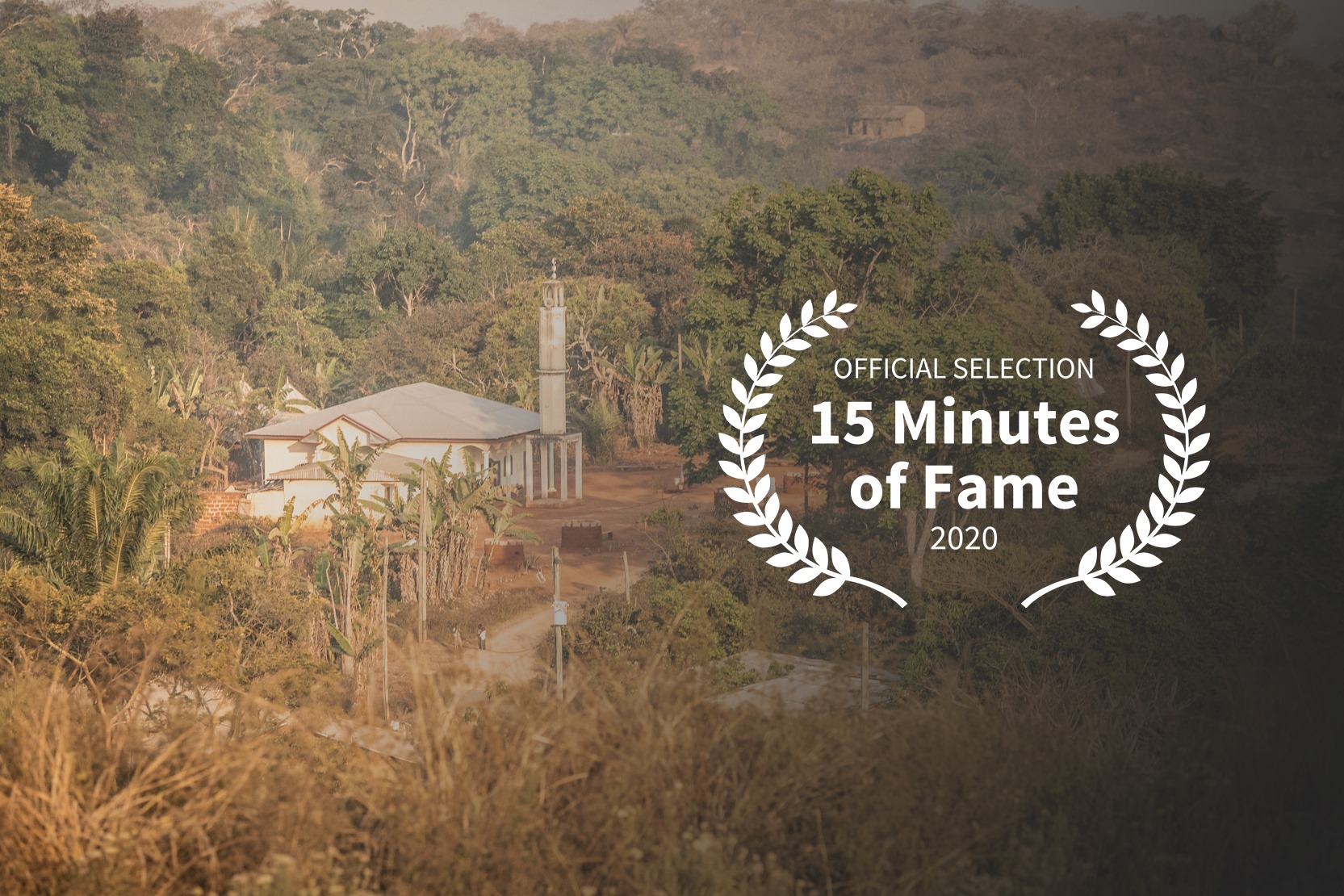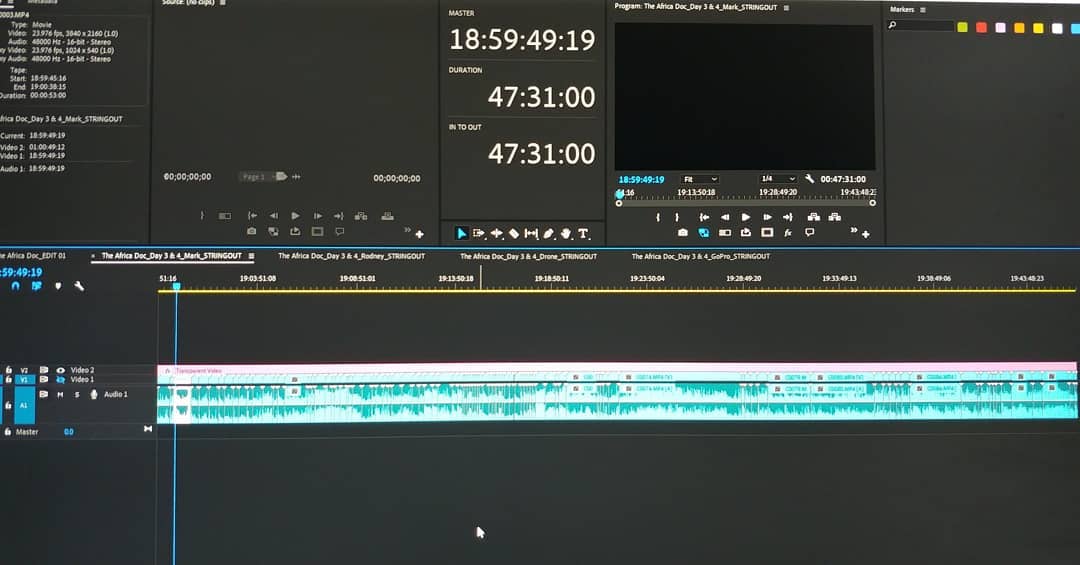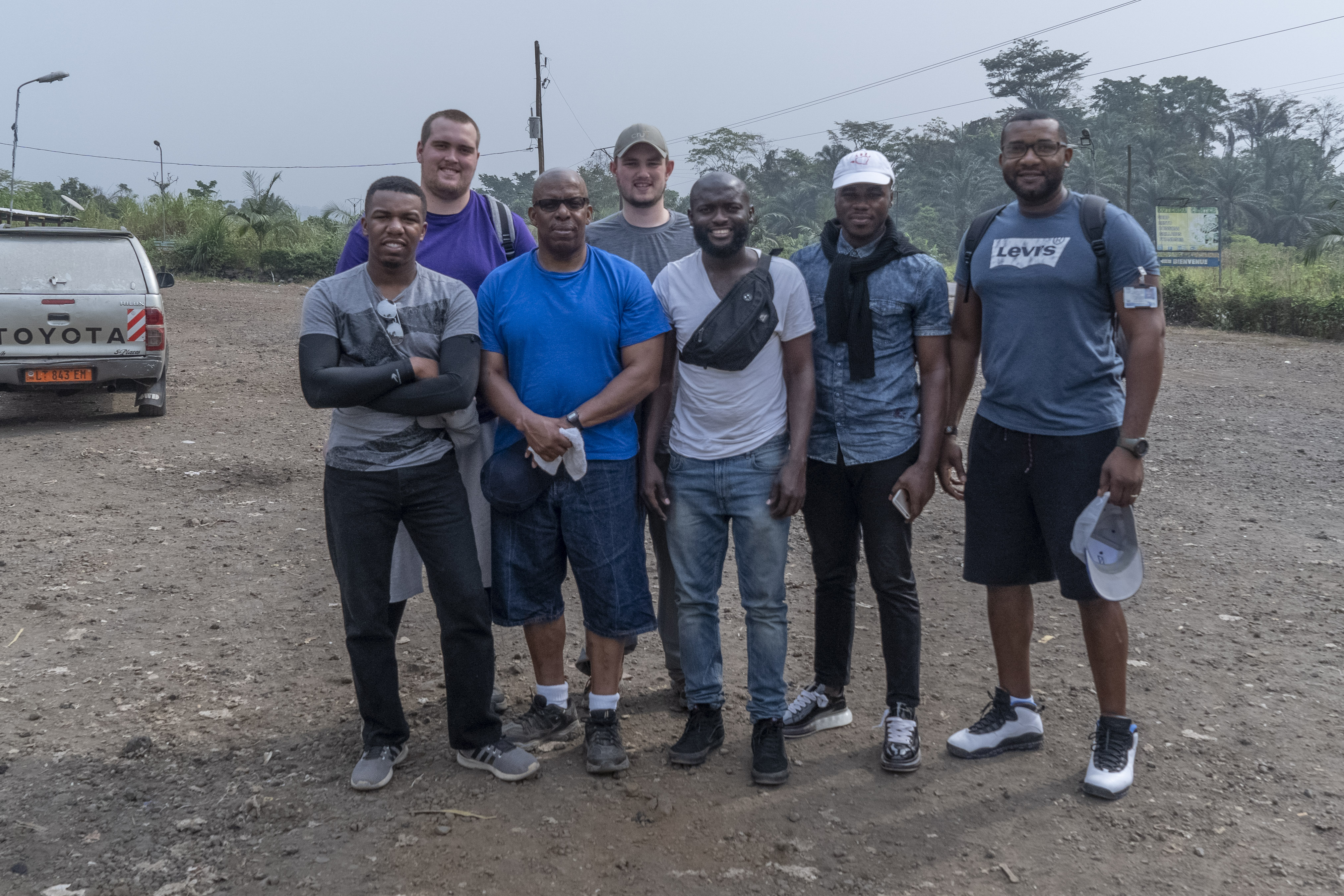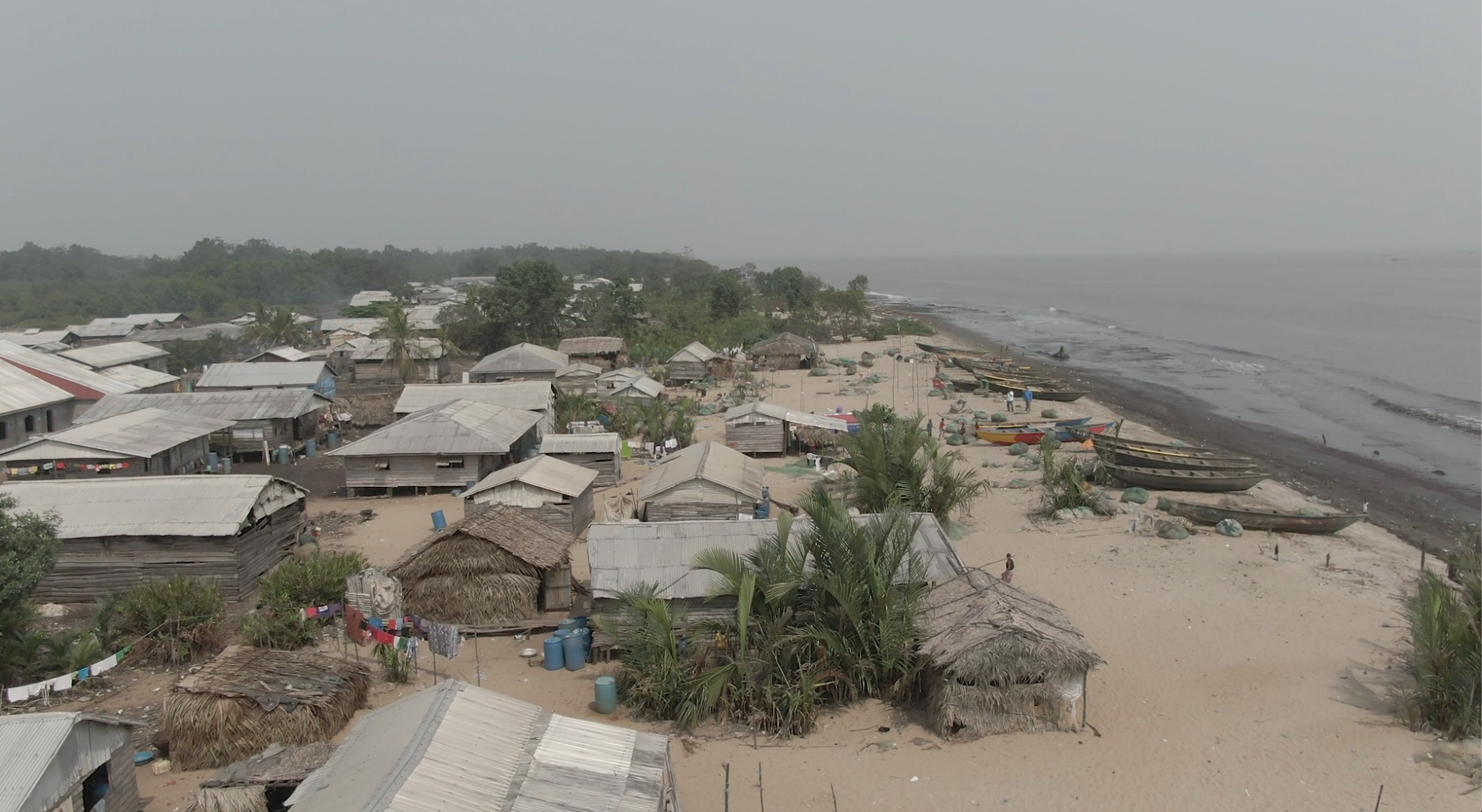Gear List
So what type of gear are we going to take?
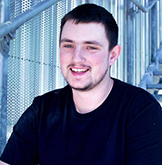
By MARK PERRY
From the beginning it was had to figure out what gear we would take. There are so many different factors we needed to consider such as would the school let us take the gear since we were looking to use a school camera, would it hold up well in the unknown conditions of Cameroon, does it record the formatting that we want to shoot in. After carefully considering these and many other factors, we came together with a final listing of gear to take. I just wanted to take a quick moment to tell you what gear we decided to take and why we went with it.
Camera: Sony A7iii
For our camera we went with the compact mirrorless Sony A7iii. One of the biggest reasons we went with the A7iii is because of how small it is. The compact nature of its size allows us to easily fit two bodies into out case with no issues. We were also drawn to this camera because of the ability to shoot 4K. The ability to shoot 4K is not a requirement for the class, or the project, but since our trip is going to be so special we wanted to be able to capture it at the highest quality. This also helps keep options open for when we start looking at what the life of the film looks like after completion.
For our lensing we will be using the 28-70mm lens that comes with the Sony A7iii bodies. This will give us the flexibility that comes from a zoom lens, while also being able to keep things decently wide. We will also be renting a 70-200mm lens. This longer lens will work really well for video portraits as well as allowing us to get a closer shot in situations that might requires us to stay farther away.
Audio Recorder: Tascam DR40
We often find ourselves reserving the Tascam DR680 to handle our production audio because it has plenty of inputs for interview situations and has easy access to all of our controls. For this project, however, we decided to go with the little brother, the Tascam DR40. The DR40 is an awesome audio recorder that offers up a few advantages over the DR680. The first and most noticeable is size. Being considerably smaller allows easier packing and the option to take two recorders to have a backup system. The DR40 also has two internal mics. Having these mics available allows for quick recording of atmosphere as well as a back up if the full audio system is taking too long to setup.
Storage: SD Cards & Harddrives
There is no chance for a reshoot. This means that while in Cameroon we need to shoot as much material as we can to ensure a full and complete story line. Not only do we need to shoot a large amount of material, we need to be able to prevent any data loss. We will be taking a large collection of SD cards in the hopes that they can be formatted as little as possible. At the end of each day, or as possible, we will transfer the footage to our field drives. We picked up two Lacie Rugged Mini 2TB drives to house the footage. The plan would be to have two exact copies so that if one of the drives were to have any trouble, then we would have all of the footage still available on the other drive. If possible we might also save a copy of the footage on the internal hard drive of the computer. When we ordered the laptop off of the HP website, we decided to upgrade the internal hard drive the hope that it might be able to become a third backup of the footage.
“We had to weigh not only the quality level of the equipment, but how it would perform in the field, and how it would pack.”
Lighting: Vidpro LED Panels, 5-in-1 Reflector
While we will be relying on the sun to be our main source of light, it would be foolish to not take any additional lighting equipment. We will be taking a a 5 in 1 Reflector to help manipulate the sun light. This will allow us to either make the sun less harsh on our subject, or bounce it into an area that needs more light. We will also be taking several small led panels from VidPro. These lights will be small so they will fit well when we pack, but they will provide some extra light when things get too dark. The panels are unique because they can interlock together. This allows us to make a larger unit if needed.
Case: Pelican 1510
To keep everything safe we went with the Pelican 1510. This is a nice hard case that fits the size of a carry on so that all the gear can remain with us on the plane. We chose to get it with the padded dividers to help with organization. The padded dividers are a flexible option as they use velcro to stay in place. This allows us to customize the layout to exactly what we need while still providing the protection and support. This is a wheeled unit which will make things easier as we work through the airports.
Support: Benro Monopod
The nature of this film will be predominantly run and gun style filmmaking, meaning that we are always on and aware of what is going on around us and are ready to shift focus at a moments notice. In order to achieve this we need a form of support that can allow us to work quickly and with a low profile. We decided to go with monopods from Benro. Specifically we picked up two of the Benro Aluminum 4-Series Flip-Lock Video Monopod Kit with 3-Foot Articulating Base and S4 Video Head. This provides us with both the versatility and the stability we need while shooting in Cameroon.
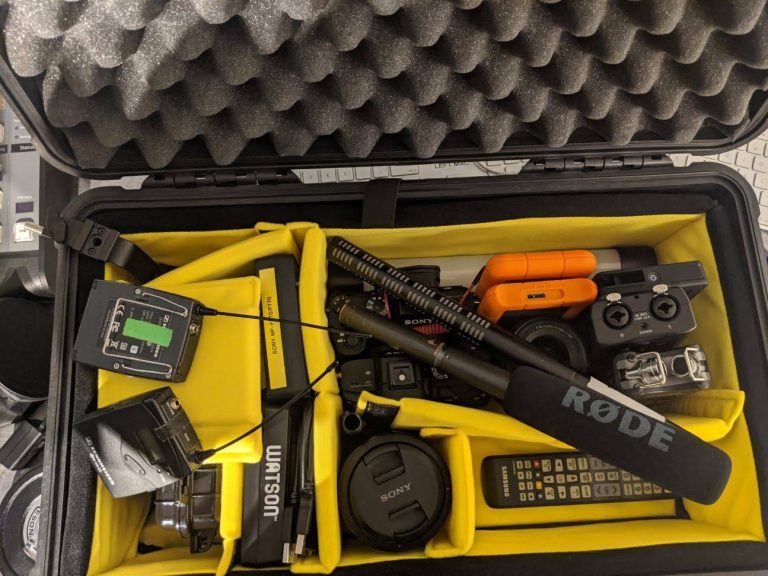
Sign Up for Project Updates
Our first big screening of the film was with the senior showcase in May 2020. The next step for the film was to submit to a variety of film festivals. We got some great news from the 15 minutes of Fame Festival. 15 Minutes of Fame is a Film Festival based out of Florida, and is a collection of films produced anywhere in the United States or Canada that are under 15 minutes in length. Submitted films were viewed by a panel of five judges and the highest scores became official selections. We got our Official Selection notification at the end of October. It is with great anticipation that we look forward to the digital screening of the festival that runs for the month of December. We are one of two documentaries being screened.
Before being brought on to this project, I had already edited numerous short documentaries and short films both at Stevenson and my various internships. I knew how to organize and prepare footage, but I was only doing it at a semi-moderate level. Most of the time, the footage was on the same hard drive as the project and I was only dealing with-on average-maybe two hours of footage in any given project. I knew that this would be a totally different animal so I had to make sure I was ready.
I like to play with hypotheticals in my down time. It could be what would happen in a class, or writing a project, or a later conversation I’m going to have with a person. They’re easy to come up with and I can think of some crazy hypotheticals when I want to. Going to Africa was no exception. I was going to a place I was unfamiliar with having no experience in Africa with Alang having made the mission trip once before. Since he grew up in Cameroon, I felt better, but that didn’t mean that butterflies went away.
I woke up at 3:00 am the day we left for Toube. My mind was coming up with all types of ideas on what to expect to see in Toube. Would this be when culture shock hits me? Will I feel like I’m starving myself to death? Will I be able to handle some of the sights I see? I didn’t go back to sleep. Everyone else woke up around 5:00 am. The ride to the boat was one of the smoothest rides we had so far. There were actually roads (most of the trip) and they weren’t in terrible condition. Plus, not many cars were out at 6:00 am (understandable). Police/military were patrolling the roads and pulled us over a couple times wondering our reason for traveling. Geh showed his military ID and explained what we were doing as other men shined flashlights into our van. We were cleared to go but it was a little nerve wracking watching men with guns tell us whether or not we could go and wondering what would happen if they told us to exit the vehicle.
